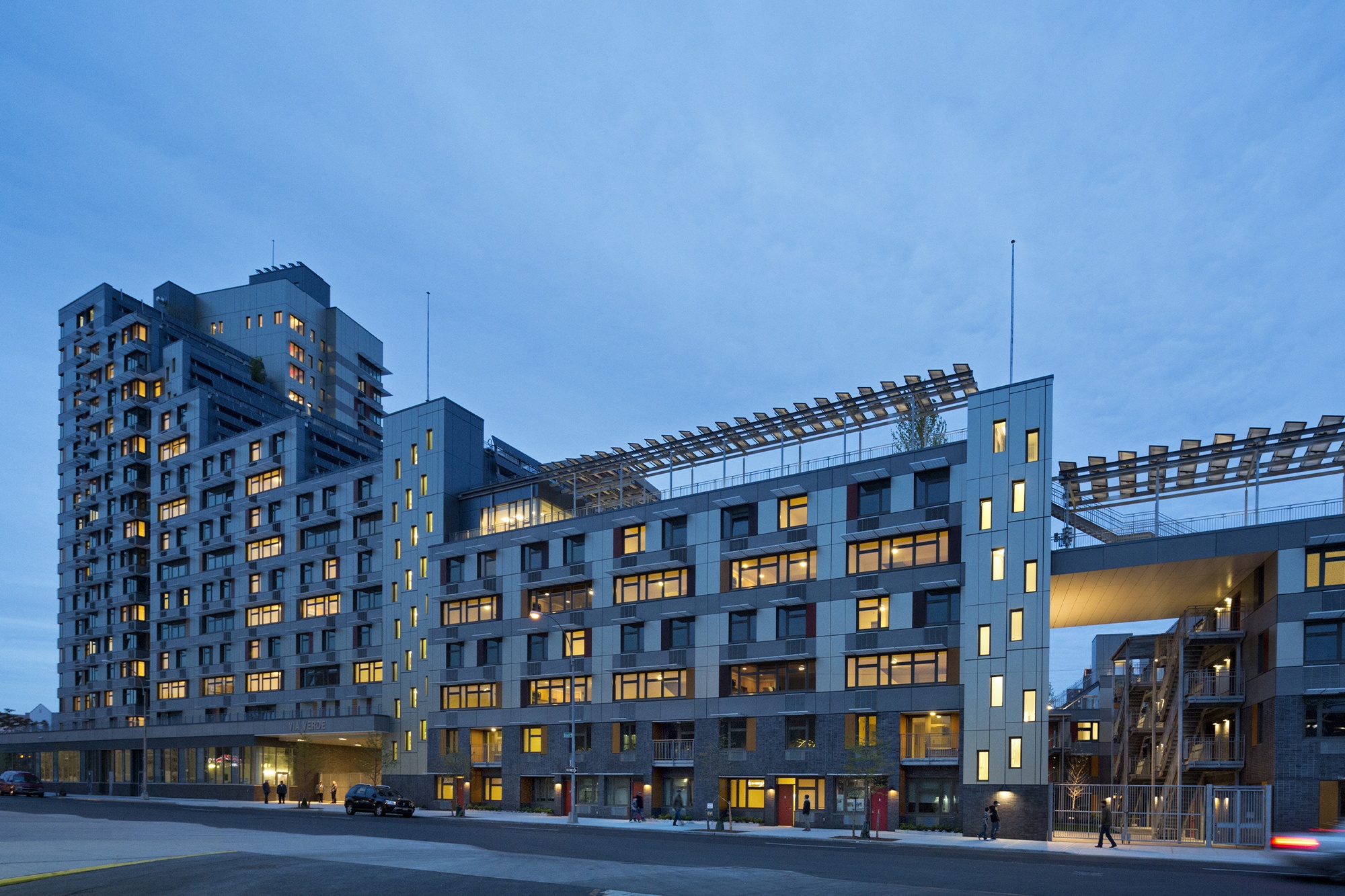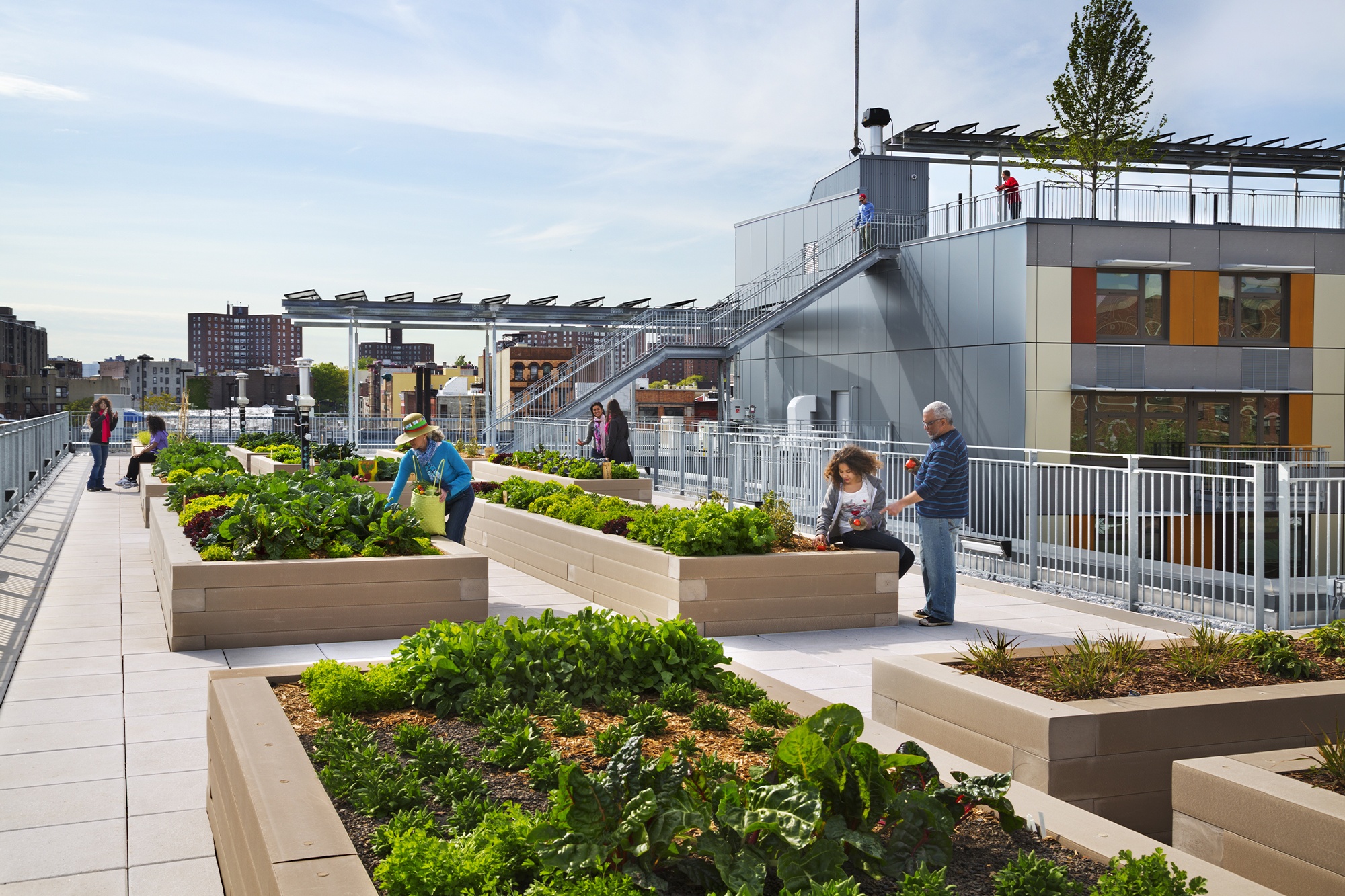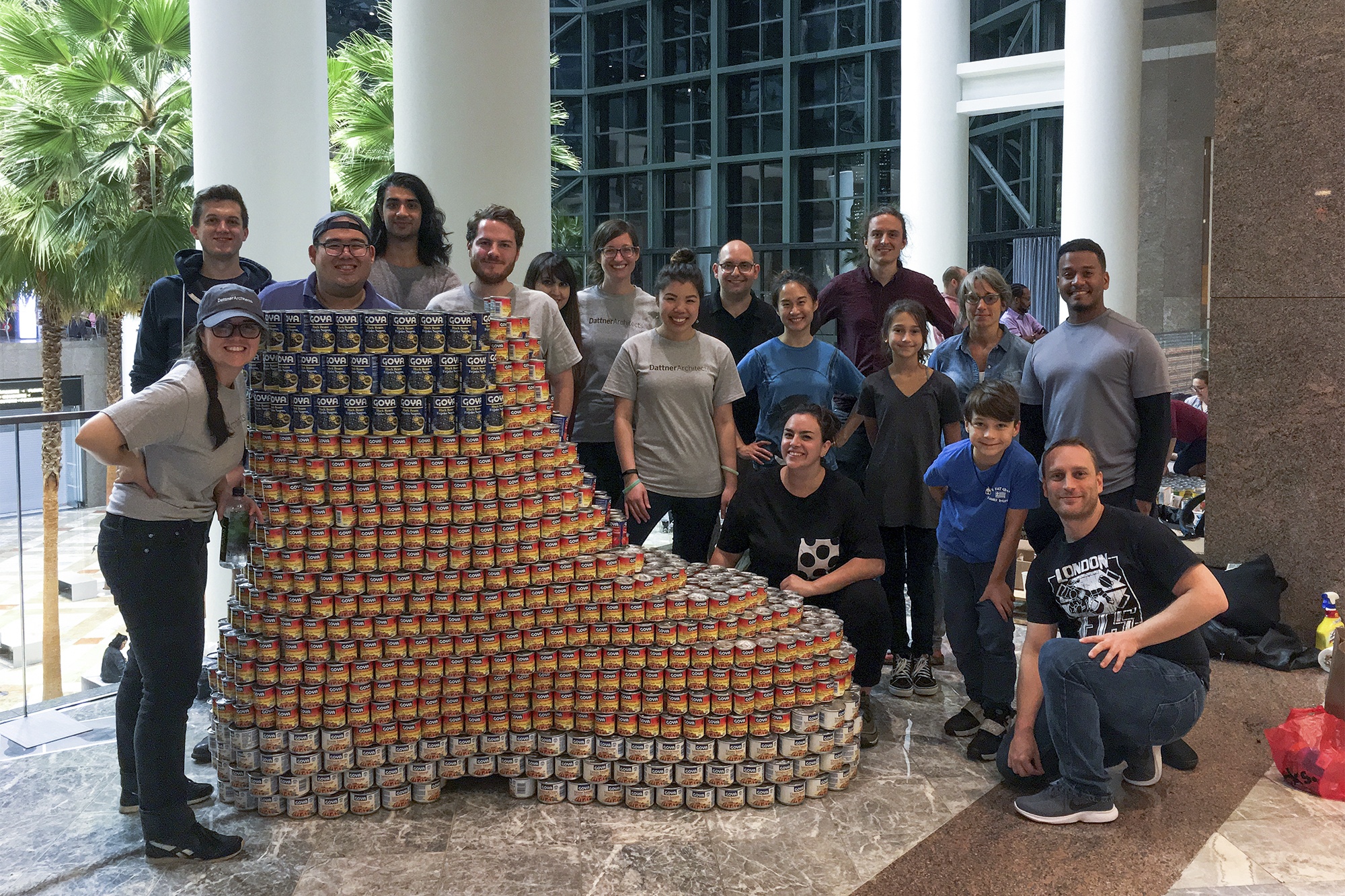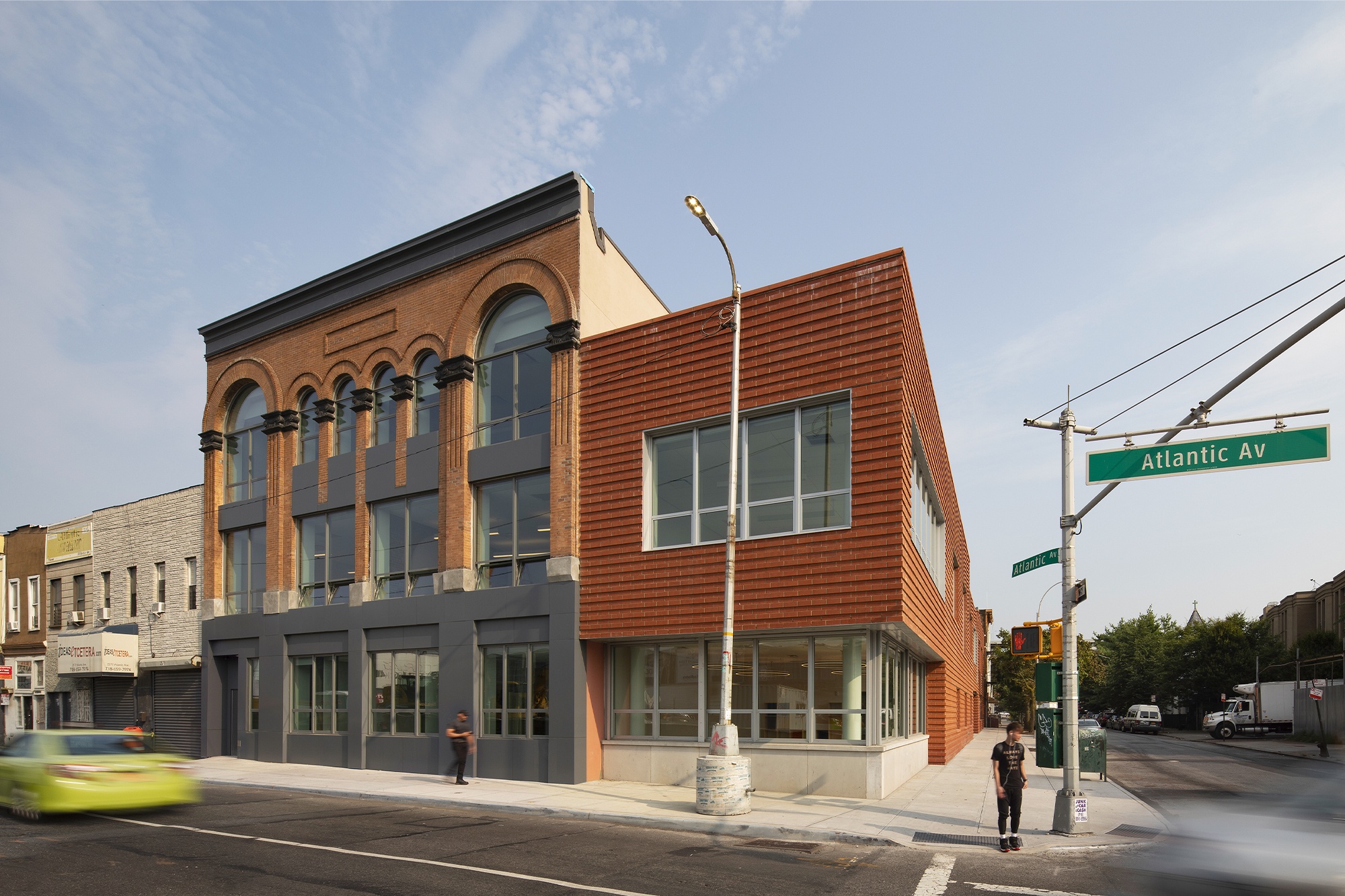Every New Yorker deserves a safe and affordable place to live, in a neighborhood providing opportunities and resources to get ahead. Housing and living costs are soaring and active gentrification drives rents up and lower-income residents out. With the affordable housing crisis on the rise, architects and city planners are “going green” to help address the problem. The Atlantic tackles this issue and the importance of sustainable design in a recent October 2018 article featuring two transformative projects, including Dattner Architects and Grimshaw Architects’ Via Verde – The Green Way.
Nearly a decade ago, NYC HPD, AIA New York, NYSERDA, and Enterprise Community Partners sponsored an international architectural competition to transform a former South Bronx freight yard. The challenge was to create a plan for affordable, sustainable housing units in an era of accelerating urban growth. The Phipps Houses/Jonathan Rose Companies/Dattner Architects/Grimshaw Architects’ winning entry in the New Housing New York Legacy Competition, Via Verde was completed in 2012 as an affordable, sustainable, 222-unit residential development providing healthy, urban living in the South Bronx. The project reflects a public commitment to create the next generation of social housing.
Apartments are arranged in three distinct residential typologies: a 20-story tower at the north end of the site; a 6- to 13-story mid-rise duplex apartment component; and 2- to 4-story townhouses to the south around a series of gardens. The building takes the form of a “tendril” rising from grade to the tower, enclosing the courtyard and emphasizing a relationship to the natural world. A dynamic garden serves as the organizing element for residents and the community. The ground level courtyard spirals upward through a series of programmed roof gardens, creating a promenade for residents. The top floor of the tower contains a multi-purpose community room with access to a terrace and spectacular views. The gardens create opportunities for active planting, fruit and vegetable cultivation, recreation, and social gathering, while providing added benefits of storm water control and enhanced insulation. The ground floor features retail, a community health center, and live-work units, creating a lively street presence.
Affordability and sustainability are not mutually exclusive–sustainable design does not necessarily mean higher costs. Via Verde achieved LEED NC Gold certification and features stepped roofs providing solar access, a green roof, community vegetable gardens, green interior finishes, rainwater harvesting, and drought-tolerant vegetation. These sustainability measures saved on up-front construction costs while retaining scarce energy resources.
A model for future development–locally, regionally, and beyond–Via Verde has set a new standard for sustainable, urban housing. Quoted in The Atlantic, Dattner Architects’ Principal Bill Stein reflects on the enduring impact that Via Verde and similar developments have on neighborhoods and cities: “People are pretty happy. They take a lot of pride in the building and you can sense a real sense of community there. Via Verde has become a symbol for the resurgence of the South Bronx.”



